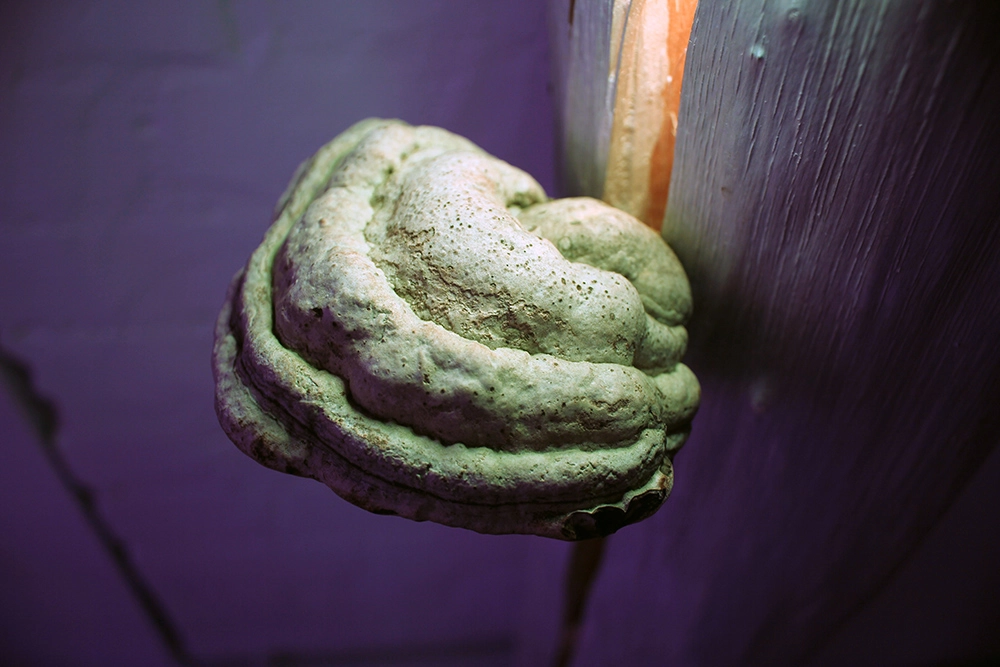Henry Levinson: How would you describe what Cactus Store is doing?
Cactus Store: We’re a botanically-minded creative studio. We work in the cracks between disciplines on projects that seek to broker more conscious and embodied relationships between human and plant beings. This takes many forms; from designing garden spaces & furniture, to crafting garments for the foliar-inclined, to our book Xerophile: Cactus Photographs from Expeditions of The Obsessed, and we’re even working on a nature show (stay tuned), all of it centered on this plant/human relationship.
HL: What are your backgrounds, what lead you to the business and lifestyle you’ve, for lack of a better word, cultivated today?
CS: The whole group that makes up Cactus Store hail from a spectrum of disciplines: art, design and design direction, photography, writing, education, landscape design and architecture, plant conservation, and habitat restoration.
HL: How did you get into the protection, collection and archiving of rare plants specifically?
CS: Around the time that we opened our first store, we were contacted about a plant collection in a neighboring county that belonged to a plumber who, having fallen terminally ill, was no longer able to care for his plants. When we arrived to his non-descript property in suburban Anaheim, we found a series of cobbled-together backyard greenhouses that comprised some of the rarest desert plants on Earth. It quickly became obvious to us that unless this collection were purchased in its entirety, it would be sold off piecemeal, and its significance would be lost.
Since then, we’ve acquired several similar collections from folks who had grown too old to care for their plants, all of which today reside in a greenhouse outside of our studio warehouse in Los Angeles. We call it our plant orphans greenhouse. None of the plants in this collection are for sale. We simply look after them, water them, pollinate their flowers, and propagate their seeds, giving them the care and attention that they deserve.
HL: Although your work doesn’t exclusively focus on xerophytes, what is it about these types of plants that particularly grab your attention?
CS: I don’t think it’s just us. People seem drawn to plants that hail from places that are unfriendly to humans, whether it’s crusty old cactus living in Earth’s driest desert, the parched Atacama, or bizarro orchids from the Darien Jungle, an eco-region so impregnable, that more people have survived summiting Everest than have survived crossing the Darien.
HL: Was there a genesis moment for Cactus Store as a concept?
CS: Some variety of psychic conscription has definitely taken place, though it’s hard to say exactly how or when this happened. Plants have been manipulating animals to do their bidding for hundreds of millions of years. Perhaps we inhaled a spore somewhere along the way, or a plant pheromone.




